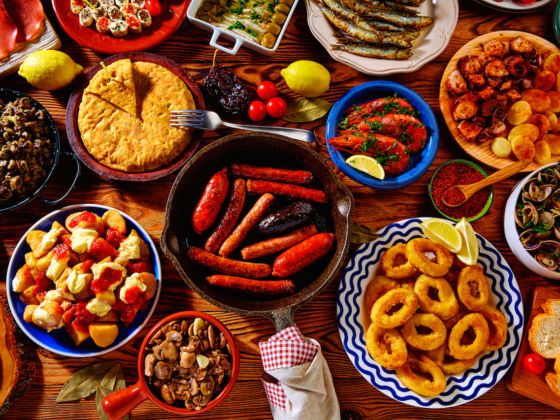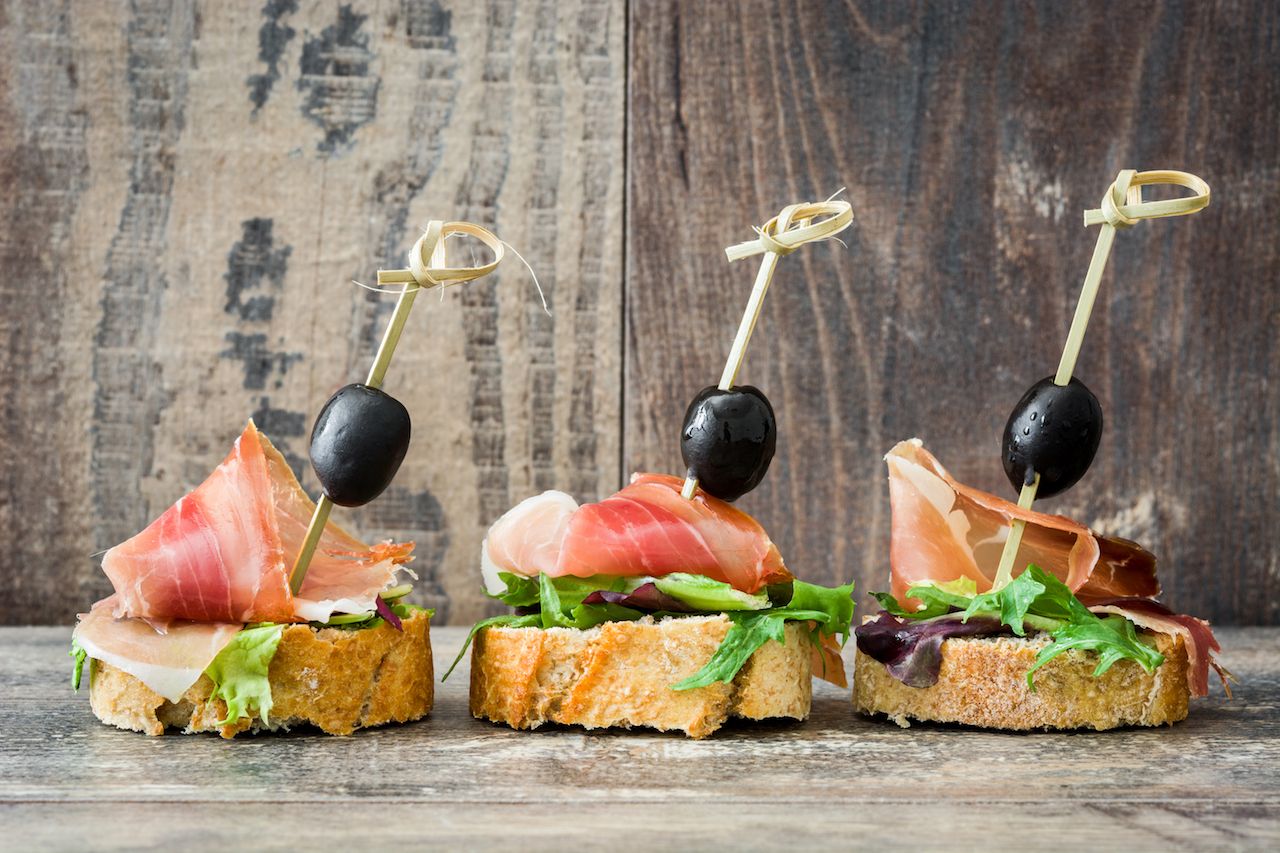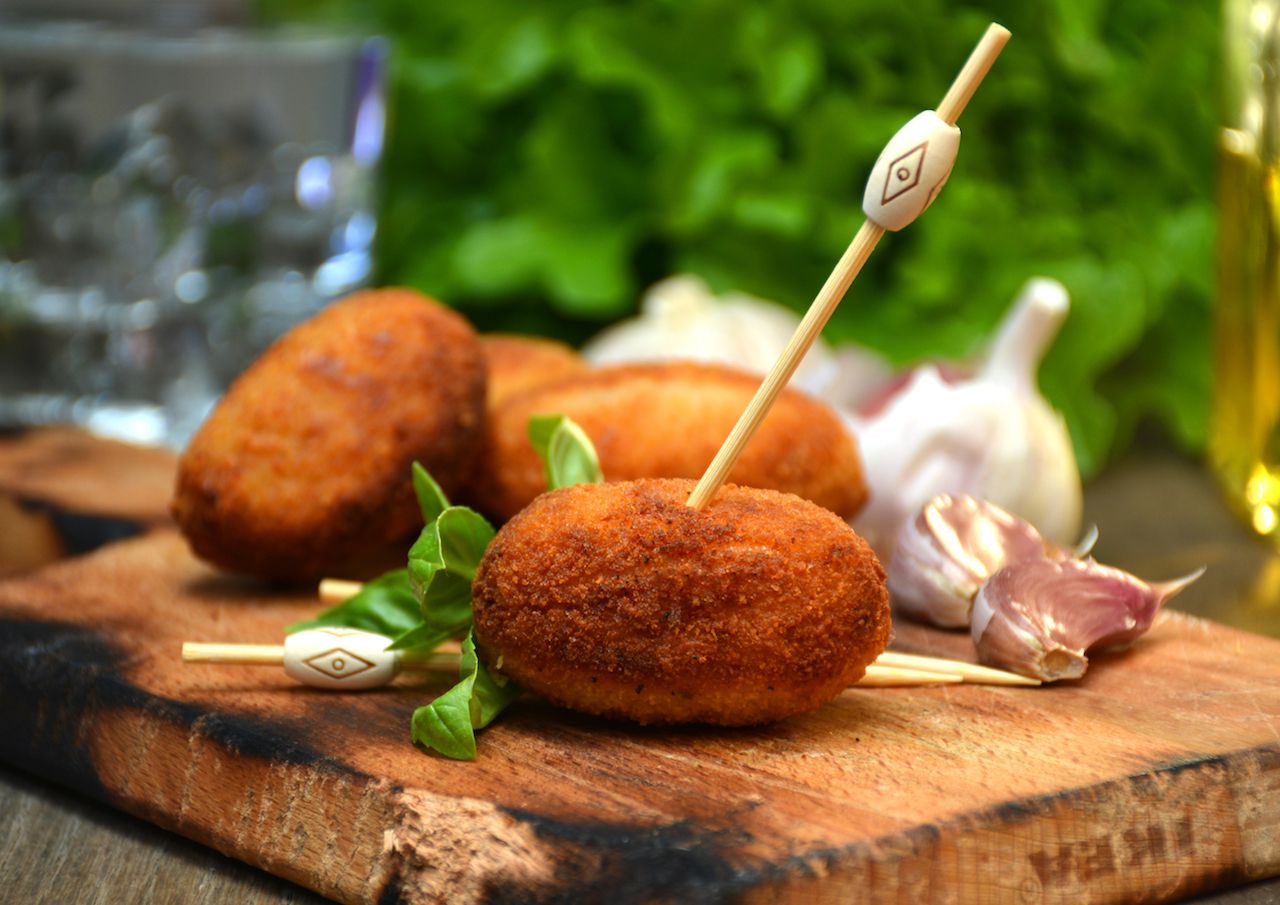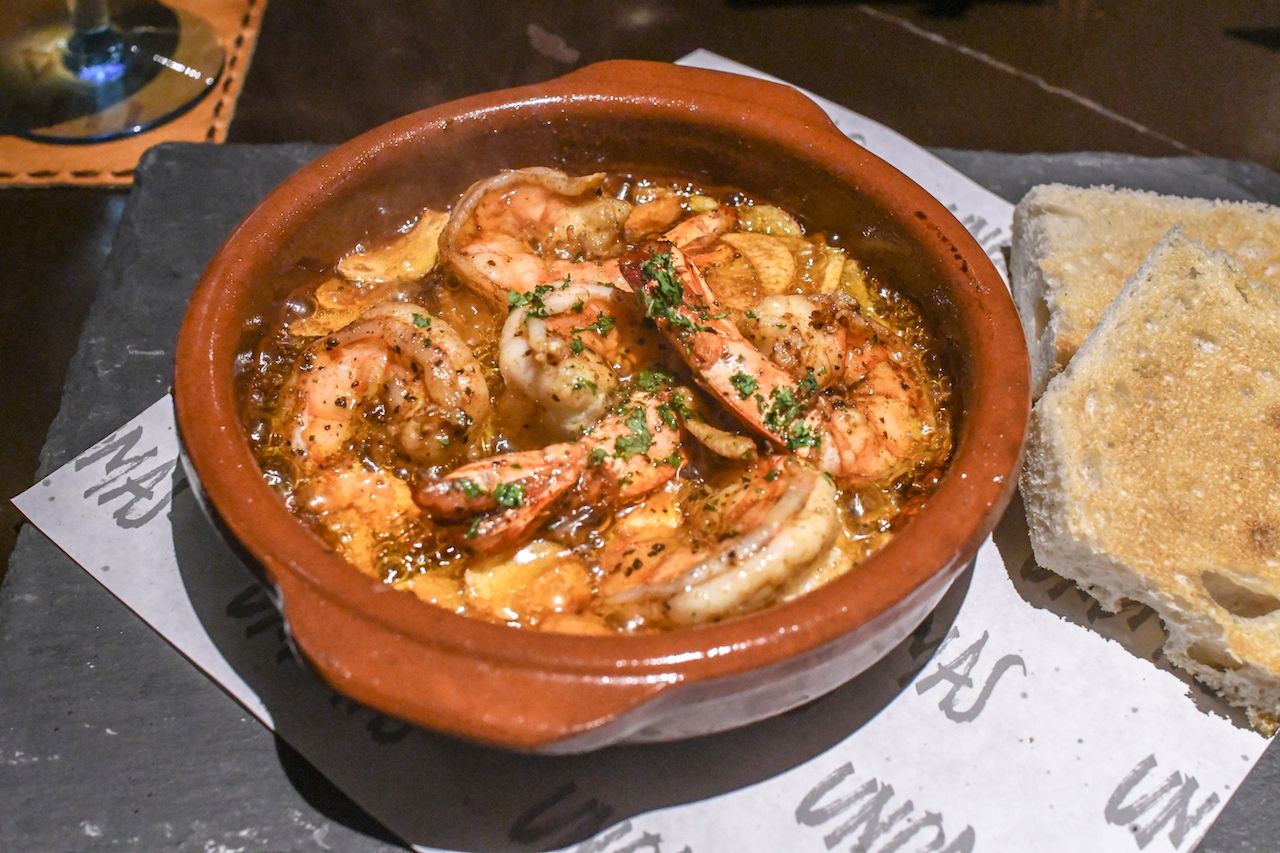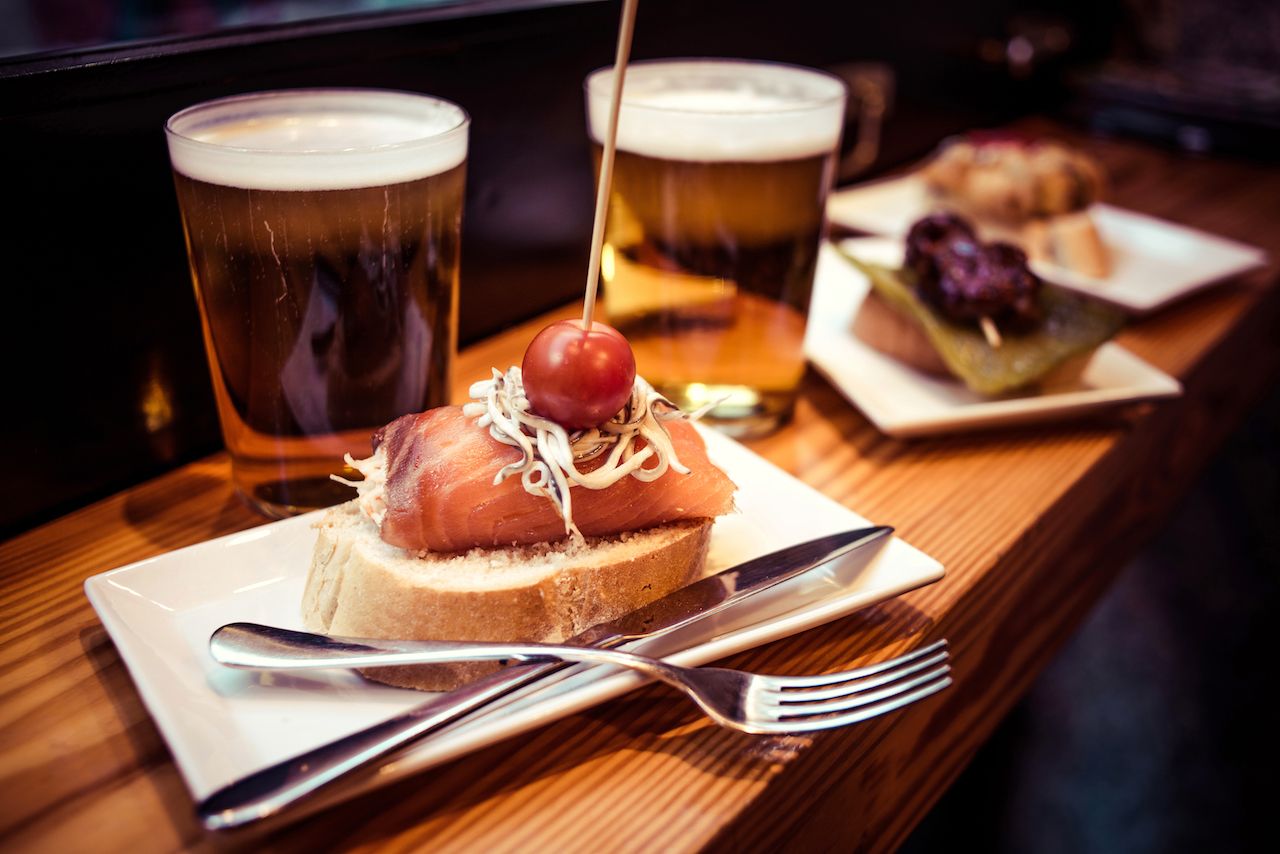“Is this tapas?”
This is one of the most-asked questions by foreigners whenever they eat something in Spain. I don’t blame them — guides to tapas usually include unnecessary details about their origins and how to eat them that only make understanding what tapas are more complicated. This article won’t be an ultimate guide but will try to at least solve some of the most common doubts and dispel a few myths. As with everything in Spain, remember things will be different depending on the region. Play it safe by sticking to the always useful when-in-Rome strategy. Or, as we say in Spain: donde fueres, haz lo que vieres.
